Fava Bean Foraging
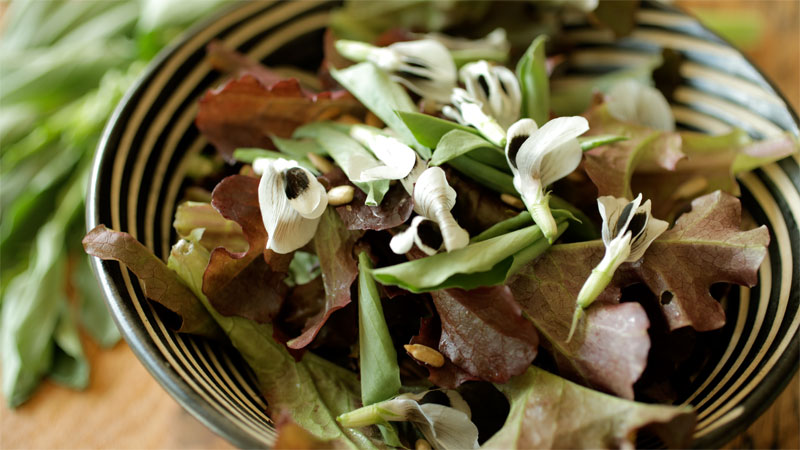
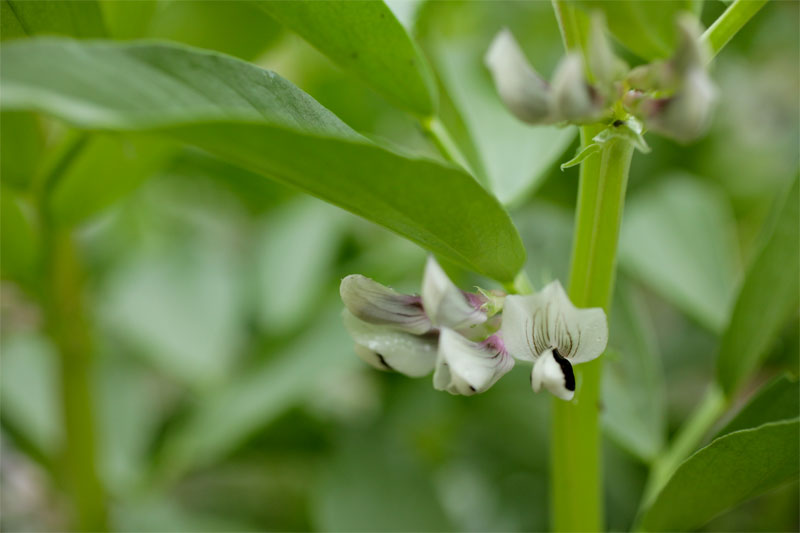 Fava beans are either a cover crop with perks or an amazing food plant with perks. I haven’t decided the order but it’s definitely top on the list of most rewarding garden plants.
Fava beans are either a cover crop with perks or an amazing food plant with perks. I haven’t decided the order but it’s definitely top on the list of most rewarding garden plants.
One, they’ll quickly turn any brown thumb to green. They’re super easy to grow. In fact, they’ll grow in places many other plants reject, poor soil included, plus they don’t catch the interest of many, typical garden pests. Grow them in garden beds, pots or farther out in your landscape to improve soil in flower beds to orchards.
Two, they quickly add nitrogen to soil through their root system thanks to a symbiotic relationship with rhizobial bacteria. Cut to the ground once they start to flower for maximum input and then turn the greens into your soil or compost as green manure. Better still, the nodes generated on roots where the bacteria are at work are easy to see. This is a kids favorite and neat teaching moment.
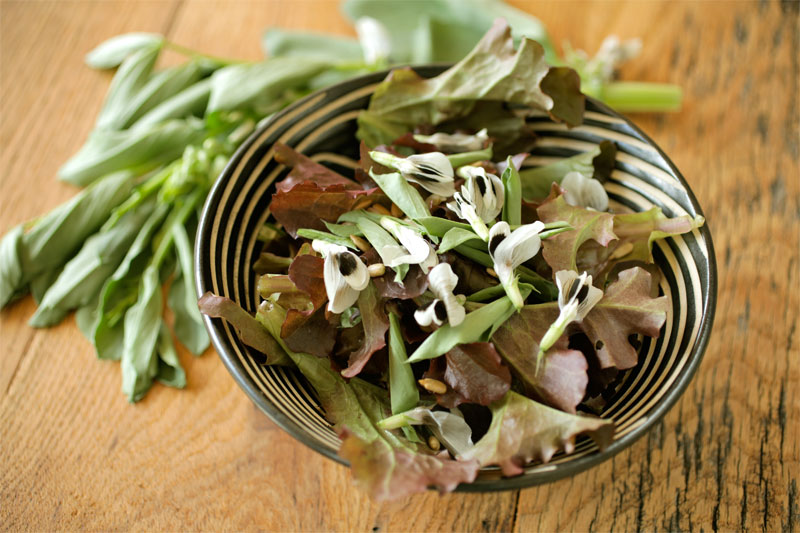 Three, grow them to set fruit and harvest beans for loads of delicious recipes and then cut them back as a green manure. Or use half your crop as a true cover crop and let the rest grow for harvesting later. Either way you can forage for the tender upper leaves and flowers, add them to salads, pesto or other dishes or eat them on the spot.
Three, grow them to set fruit and harvest beans for loads of delicious recipes and then cut them back as a green manure. Or use half your crop as a true cover crop and let the rest grow for harvesting later. Either way you can forage for the tender upper leaves and flowers, add them to salads, pesto or other dishes or eat them on the spot.
What makes this extra special is fava beans are a cool season crop, grown in winter and into early spring when there is often little else available to pick and eat. This unexpected, out-of-season treat always feels like a celebration.
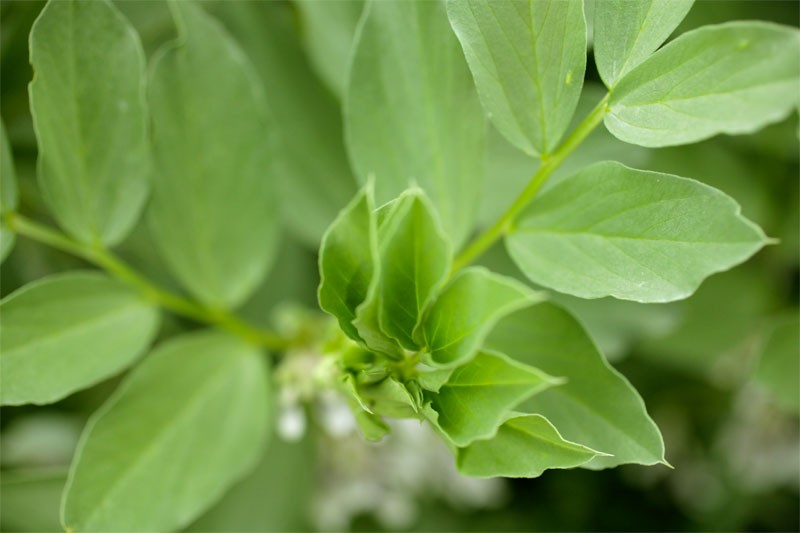 Four, blossoms means food for bees. It’s easy to see why they like them once you’ve tried them.
Four, blossoms means food for bees. It’s easy to see why they like them once you’ve tried them.
Five, growing fava beans immediately adds you to the humanity loop. People have been growing these delicious, hearty beans — however difficult to shell — for over 6,000 years. A quick look at history tells us they were the only beans Europeans ate before the Americas were populated and are credited as saving entire communities in Italy during times of famine.
I love the idea that I’m somehow connected to people throughout history by the plants I grow and eat.
Listen
Buy The Book
Special offers
Newsletter Signup

Archives
Disclosure
Pass The Pistil is a participant in the Amazon Services LLC Associates Program and other affiliate programs such as Etsy, affiliate advertising programs designed to provide a means for sites to earn fees by advertising and linking to curated affiliate sites.

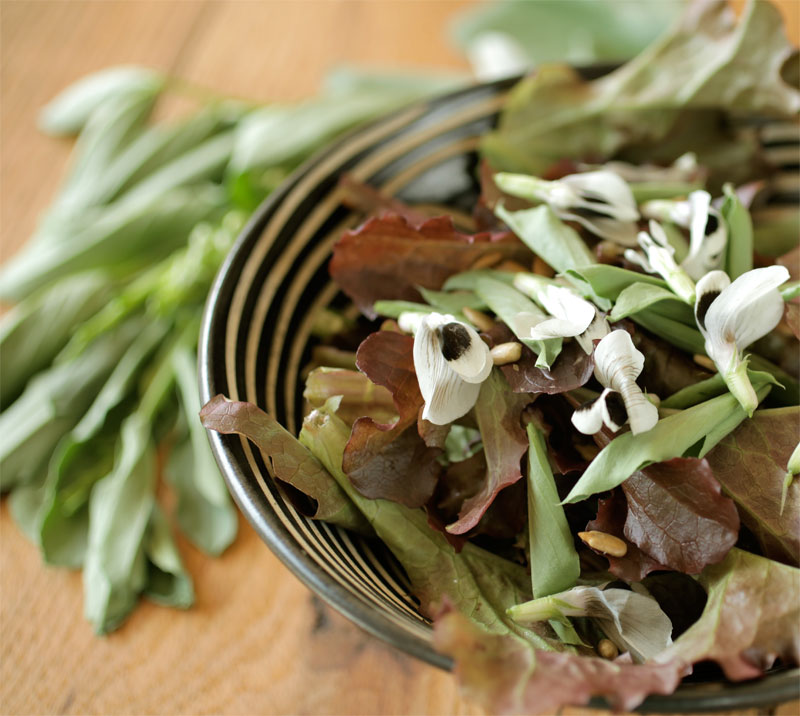
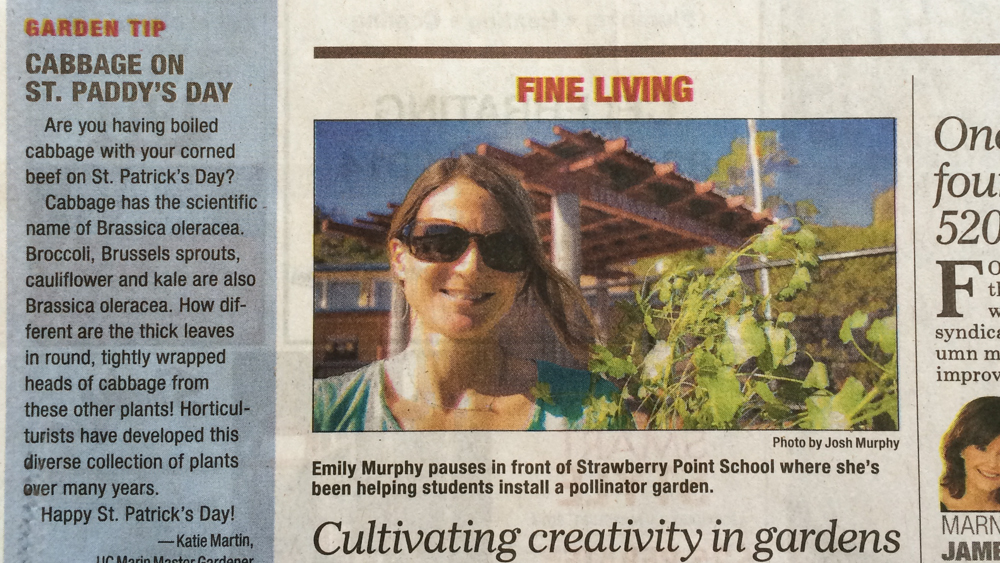







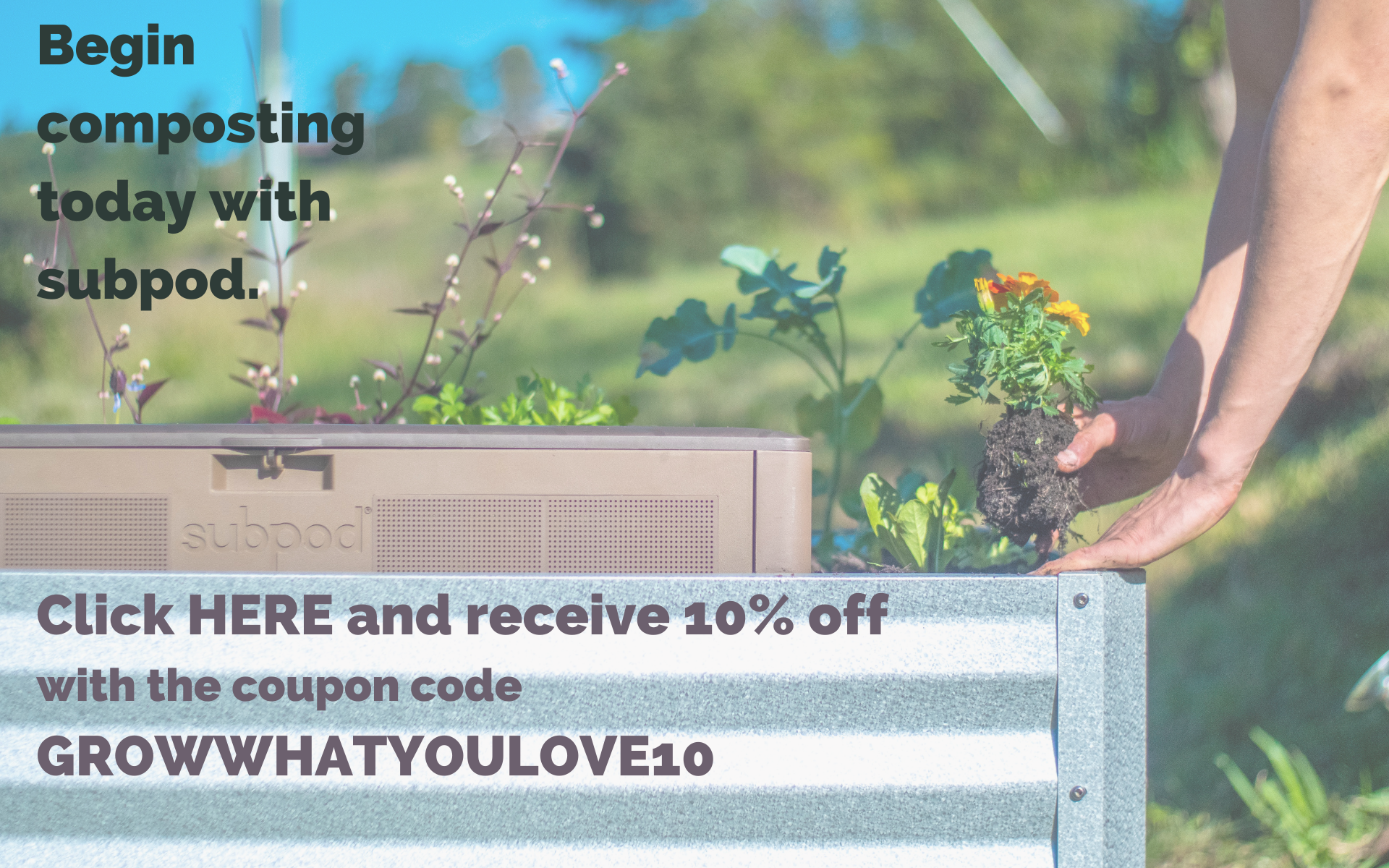
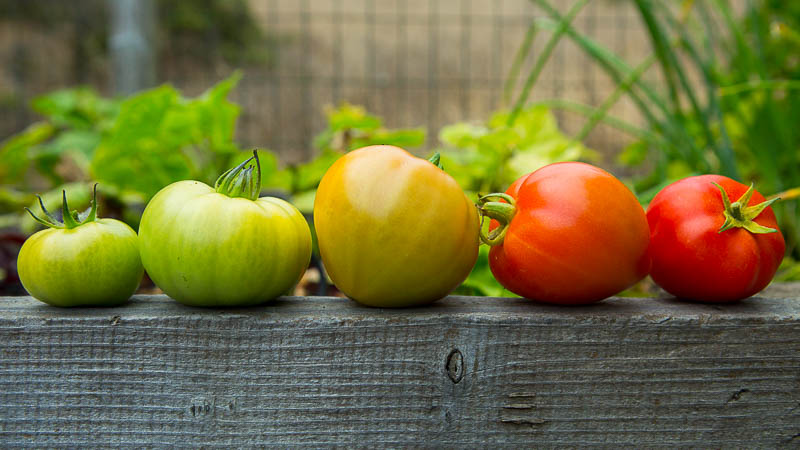
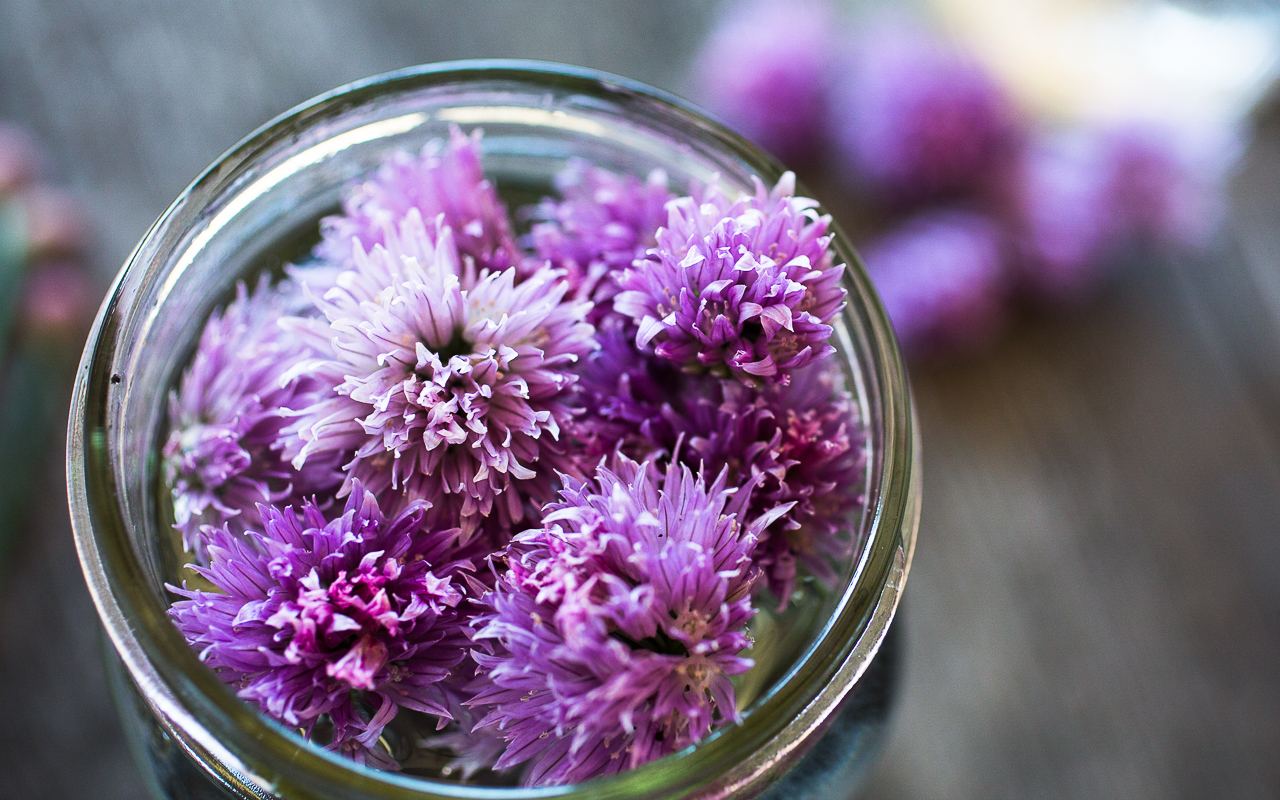
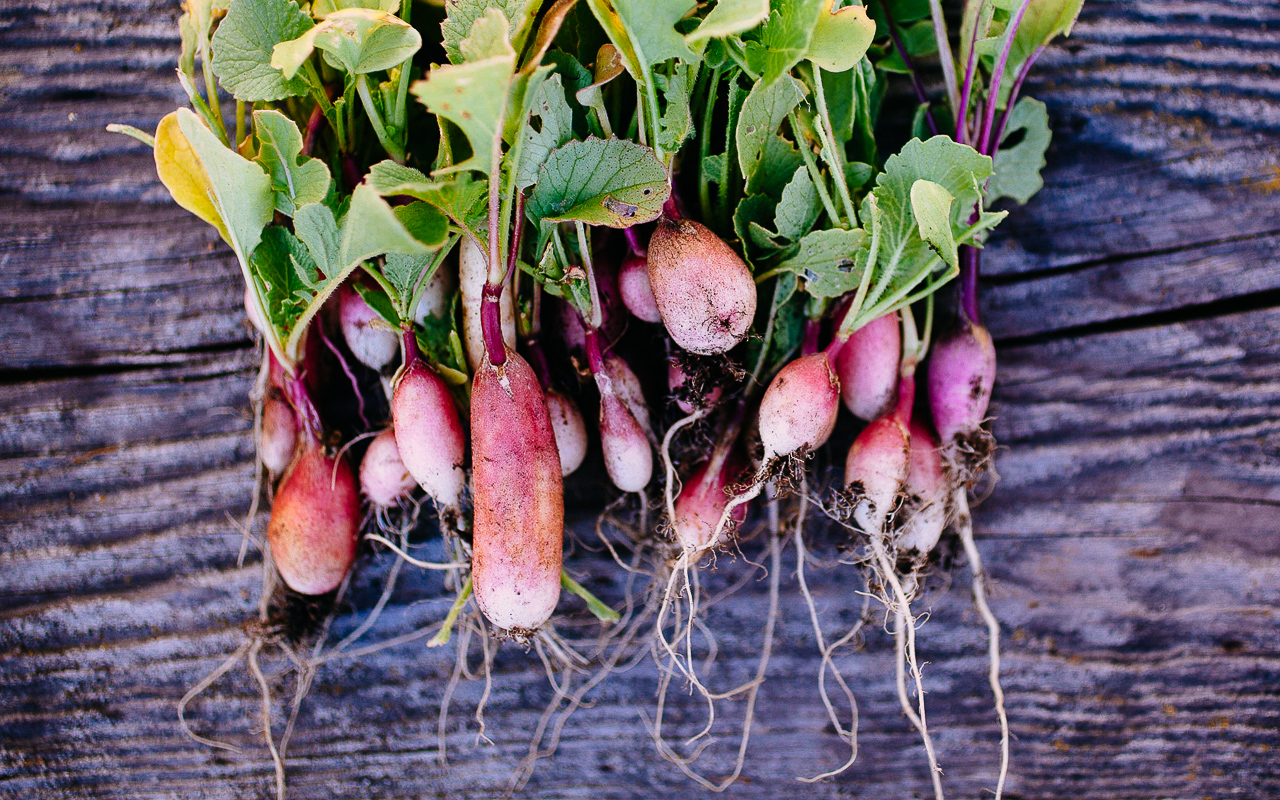
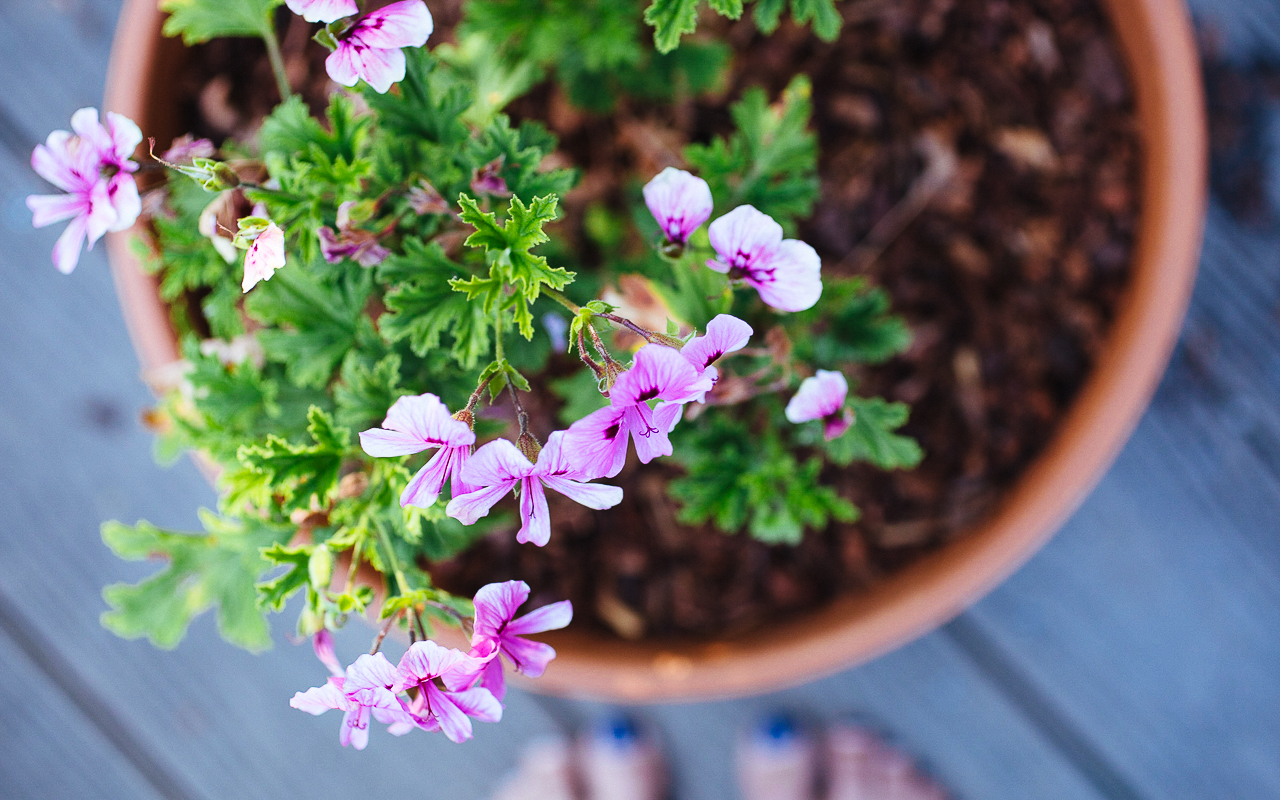
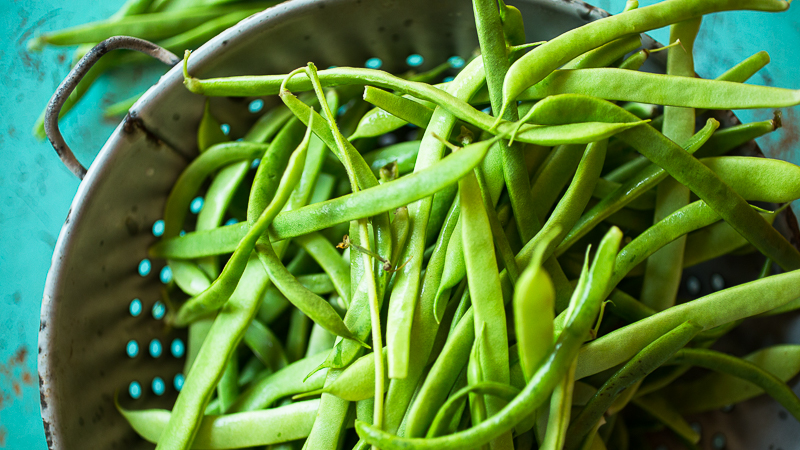
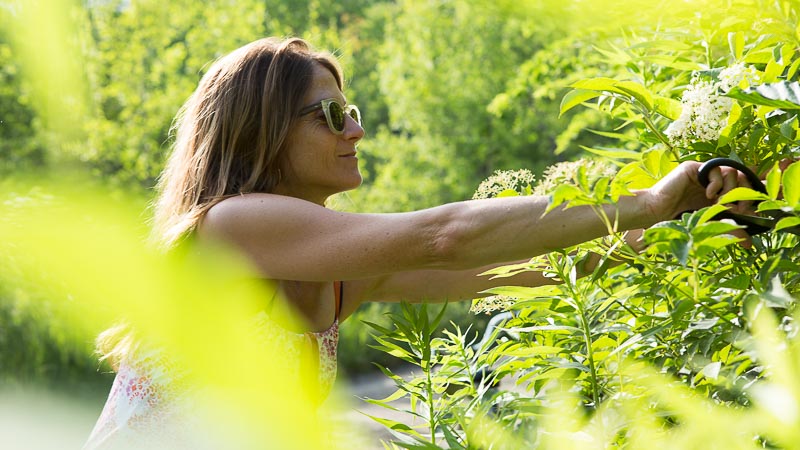
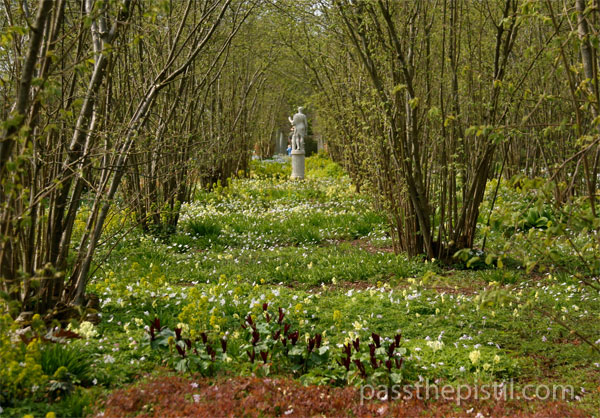
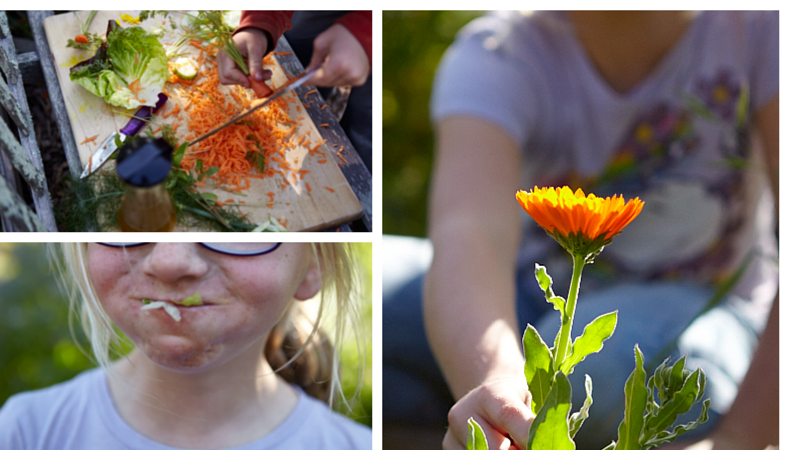

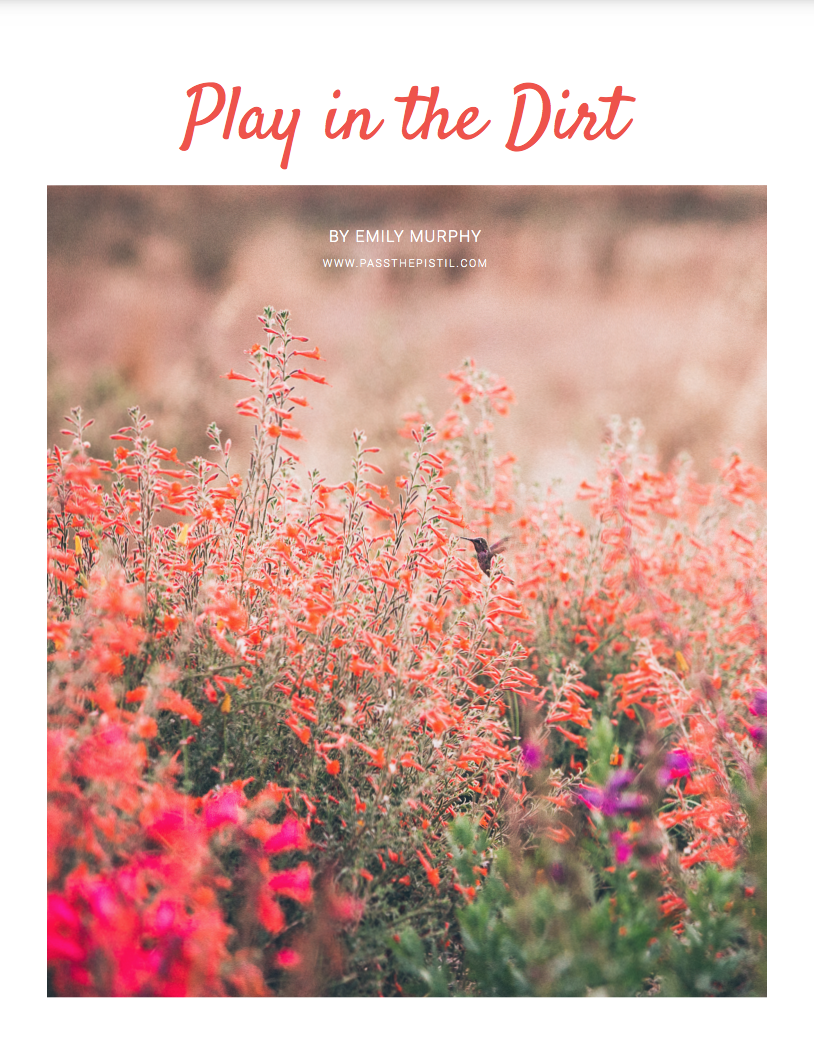

I enjoy growing fava beans in our school garden. The beans are easy for young fingers to plant. They grow quickly and provide good results. Providing food as well as improving soil health are great side benefits too. Have Fun in the Garden!
Yes! Big, funny looking seeds that, when planted, almost always pop up. And the rewards are numerous. Fun to eat the shoots, fun to compost, perfect for improving soil and maybe make Fava Bean Risotto down the line…. Yum.